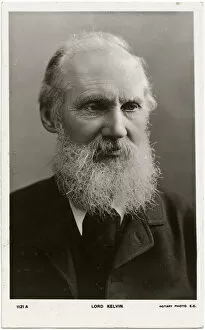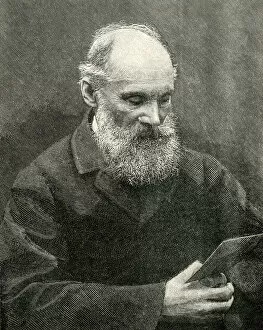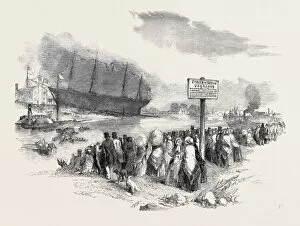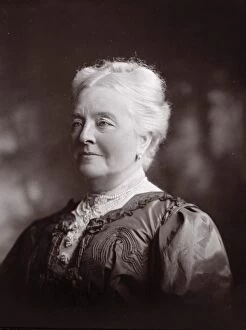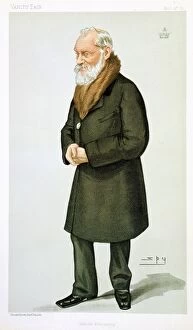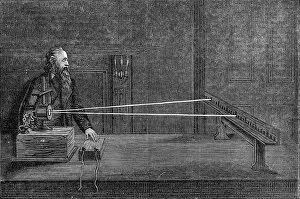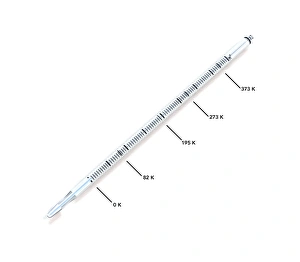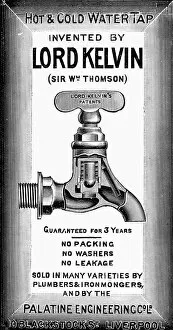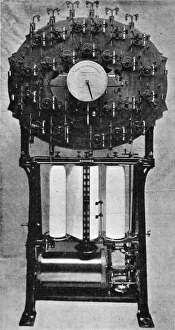Kelvin Collection (page 2)
Kelvin, a name that resonates with history and innovation
All Professionally Made to Order for Quick Shipping
Kelvin, a name that resonates with history and innovation. From the Glasgow Exhibition of 1888 to Lord Kelvin, the Scottish mathematician and physicist, this caption takes us on a journey through time. In 1888, the Glasgow Exhibition showcased groundbreaking inventions and advancements in various fields. The General View of the Buildings from the Kelvin captures the grandeur and excitement that filled the air during this event. Lord Kelvin, an eminent figure in scientific circles, is depicted in a photograph from 1902 holding his compass. His contributions to mathematics and physics have left an indelible mark on our understanding of the world around us. Moving away from Glasgow, we find ourselves exploring Sheffield's Kelvin area through an Ordnance Survey Map dating back to 1889. This map offers glimpses into a bygone era when urban landscapes were being shaped by progress and development. Kelvin Parade in Cliftonville, Belfast invites us to imagine strolling along its streets lined with charming buildings. It serves as a reminder of how names can connect different places across countries. The mention of Sheffield Flood brings forth images of destruction but also resilience. The ruins of Waterloo Houses stand testament to nature's power over man-made structures while highlighting humanity's ability to rebuild after adversity struck in 1864. As we delve deeper into history, DDE-90026458 presents itself as an enigmatic clue waiting for further exploration. Perhaps it holds secrets or stories yet untold about Kelvin or its significance? The aqueduct bridge built by Robert Whitworth in 1790 showcases engineering prowess at its finest. Its presence speaks volumes about human ingenuity and determination to conquer geographical obstacles for societal progress. Govan on Clyde River reveals another facet of Kelvin's influence - its mouth flowing into one of Scotland's iconic waterways captured beautifully in an engraving from 1842. It reminds us how interconnected natural elements are with our lives even amidst industrialization.

